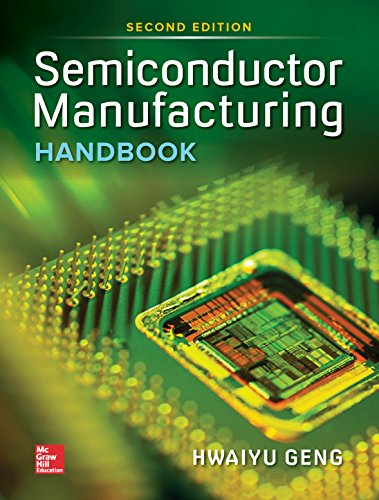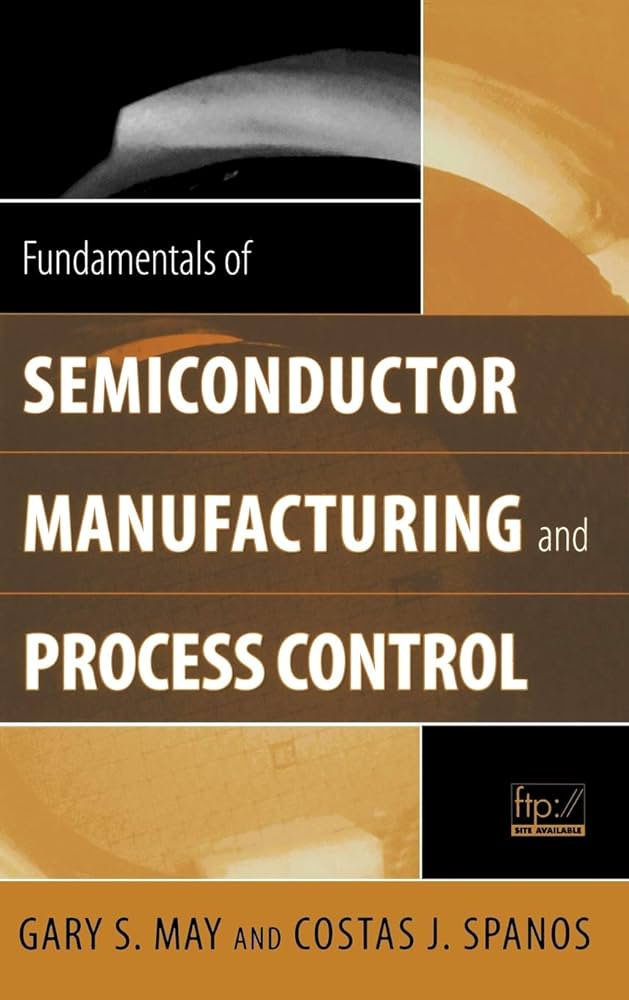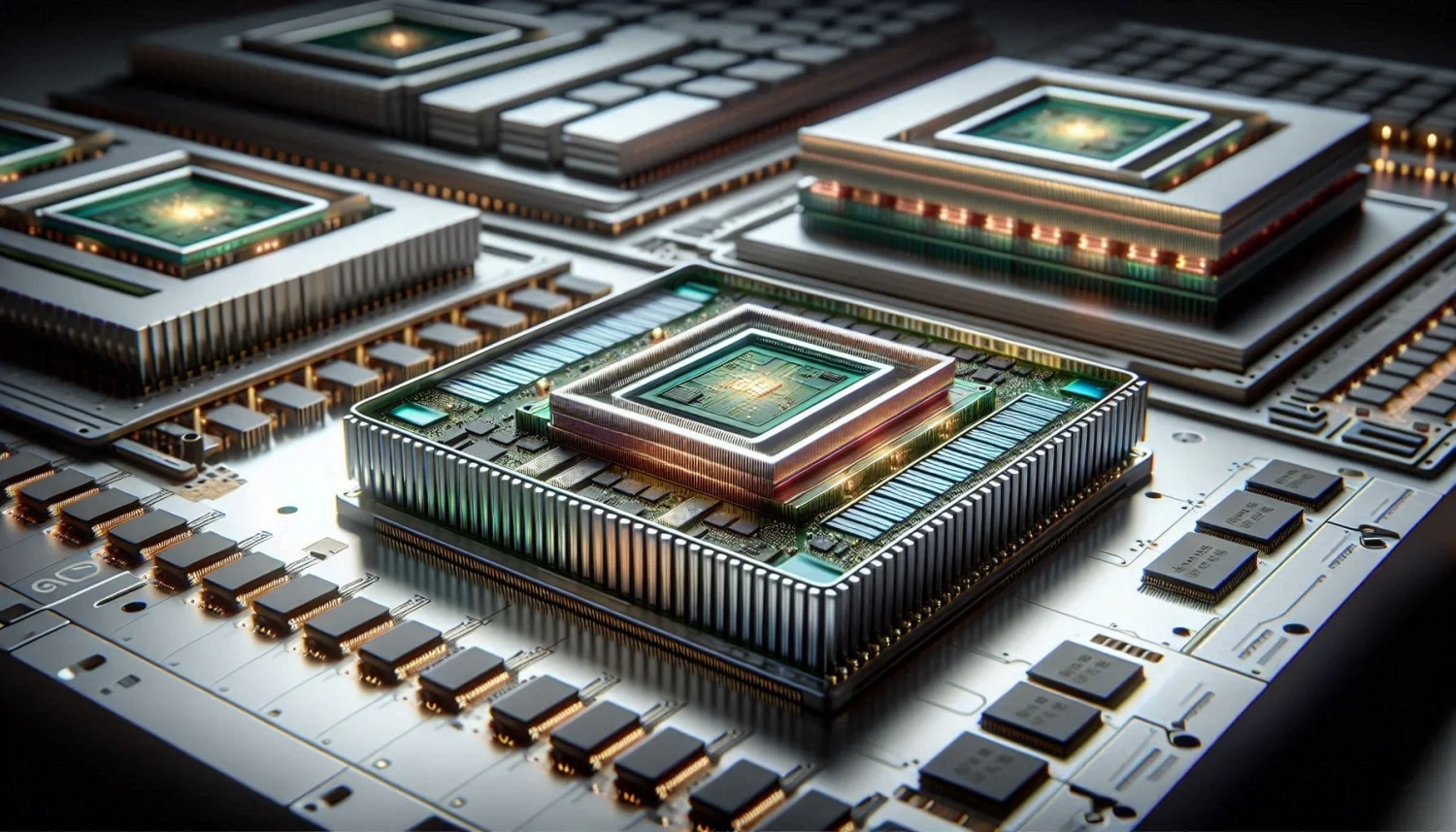Introduction
In the intricate world of semiconductor manufacturing, backend assembly processes play a critical role in ensuring the functionality and reliability of electronic devices. As technology advances, understanding these processes becomes increasingly important for engineers, technicians, and technology enthusiasts.
Here, we explore some of the most comprehensive books on semiconductor backend assembly, providing a roadmap for those eager to delve into this complex yet fascinating field.
India’s Semiconductor Ambitions: A Long Road with Big Potential
India’s semiconductor industry is a hot topic with a mix of promising signs and looming challenges. Here’s a look at why you should pay attention:
- Rapid growth but talent gap: Recent government incentives have attracted big investments, like Micron’s $2.75 billion plant. However, a report estimates a potential shortage of 300,000 skilled professionals by 2027. This talent gap could hinder India’s ability to capitalize on its initial momentum.
- Strategic push for self-sufficiency: The government aims for a significant share of the global chip market and a top-five ranking in manufacturing by 2030. This ambition reflects a global trend of countries seeking to lessen reliance on others for critical chip technology.
- Potential to impact global prices: With a growing domestic industry, India could play a role in moderating global chip prices, which have been significantly impacted by recent shortages.
India’s semiconductor story is far from written. While there’s evident potential, addressing the talent gap and ensuring consistent government support will be crucial for long-term success. This could significantly impact not just India’s tech sector, but also global chip prices and supply chains.
Why India could excel in Packaging and Assembly?
India has several advantages that position it well for excelling in semiconductor packaging and assembly:
- Favorable demographics: India has a large and young workforce, which can be a valuable resource for labor-intensive assembly processes.
- Cost competitiveness: Wages in India are generally lower compared to developed economies, potentially making it a cost-effective location for companies.
- Government initiatives: The Indian government is actively promoting the growth of the domestic semiconductor industry, including offering incentives for packaging and assembly facilities [1]. This support can create a more attractive business environment.
- Growing domestic market: India’s own electronics market is rapidly expanding, which can create a strong local demand for packaged and assembled semiconductors. This reduces reliance on exports and provides a stable customer base.
- Existing ecosystem: India already has a strong presence in related sectors like electronics manufacturing services (EMS) which can provide a foundation for the packaging and assembly industry.
Additionally, packaging and assembly are becoming increasingly complex:
- Advanced Packaging: Techniques like Fan-Out Wafer-Level Packaging (FOWLP) require skilled labor and precision, which India’s workforce can potentially be trained for.
- Focus on miniaturization: Smaller and more intricate chip designs necessitate advancements in packaging to ensure functionality and reliability. India’s growing engineering talent pool could contribute to these innovations.
By leveraging these factors, India has the potential to become a major player in the global semiconductor packaging and assembly market.
1. Semiconductor Manufacturing Handbook, Second Edition by Hwaiyu Geng
Key Highlights:
Hwaiyu Geng’s “Semiconductor Manufacturing Handbook” is a cornerstone for anyone looking to grasp the comprehensive landscape of semiconductor design, manufacturing, and operations. The second edition of this book expands on its predecessor, delving deeply into back-end-of-line (BEOL) processes
.
- Wafer Dicing: The precision cutting of wafers into individual dies.
- Die Bonding: Techniques for attaching dies to substrates.
- Wire Bonding: Methods of connecting the die to the package leads.
- Encapsulation: Protecting the die with a resin to prevent physical damage and corrosion.
- Testing: Ensuring the functionality and reliability of the final product.
This book is a valuable resource for its detailed exploration of BEOL processes, making it indispensable for professionals in semiconductor manufacturing.
Buy Now: https://amzn.to/3VREUao
Read More: Ilya Sutskever, Co-founder of OpenAI, Launches Startup to Tackle Safe Superintelligence – techovedas
2. Fundamentals of Semiconductor Manufacturing and Process Control by G.S. May and C. Spanos
G.S. May and C. Spanos provide a foundational text that covers both front-end and back-end semiconductor manufacturing processes. This book is particularly useful for its clear explanations and practical approach

Key Highlights:
- Wafer Cleaning: Techniques to remove contaminants from wafers.
- Photolithography: A critical step in patterning semiconductor devices.
- Etching: Processes used to create the desired structures on the wafer.
- Packaging: Detailed discussions on various packaging techniques and materials.
The comprehensive nature of this book makes it suitable for both newcomers and seasoned professionals looking to refresh their knowledge on the entire semiconductor manufacturing process.
Buy here: https://www.amazon.in/Fundamentals-Semiconductor-Manufacturing-Process-Control/dp/0471784060
3. Microchip Fabrication: A Practical Guide to Semiconductor Processing, Sixth Edition by Peter Van Zant
Peter Van Zant’s “Microchip Fabrication” is known for its practical approach, making it a favorite among practitioners in the semiconductor industry. While it focuses primarily on front-end-of-line (FEOL) processes, it doesn’t overlook the critical steps involved in backend asssembly

Key Highlights:
- Wafer Dicing: Insights into modern dicing technologies.
- Wire Bonding: Examination of techniques and equipment used.
- Encapsulation: Overview of materials and methods used to protect chips.
This sixth edition is particularly beneficial for its up-to-date information and practical tips, making it a useful reference for anyone involved in semiconductor processing.
Buy Now: https://amzn.to/4cvqtOB
Read More :$2 Billion Boost: Onsemi Ambitious Expansion in Czech Republic – techovedas
Conclusion
For anyone serious about diving into the world of semiconductor backend assembly, the books highlighted above provide a wealth of knowledge and practical insights. From the comprehensive coverage in “Semiconductor Manufacturing Handbook” by Hwaiyu Geng to the foundational teachings in “Fundamentals of Semiconductor Manufacturing and Process Control” by G.S. May and C. Spanos, and the practical guide in “Microchip Fabrication” by Peter Van Zant, these resources are invaluable.
Whether you are a student, a professional, or an enthusiast, these books will equip you with the knowledge needed to navigate and excel in the semiconductor manufacturing industry. As technology continues to evolve, staying informed and educated on backend processes is not just beneficial—it’s essential.








